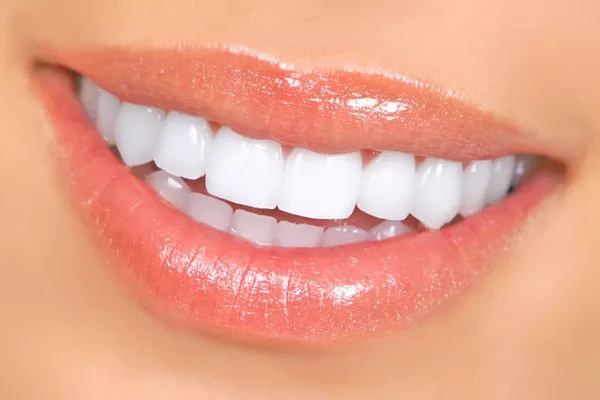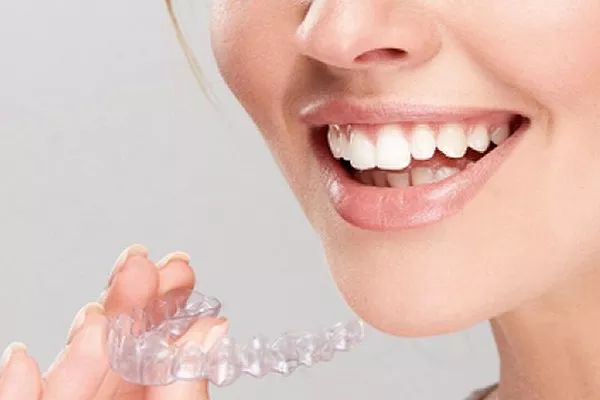In a world where appearances matter more than ever, a bright and confident smile has become a symbol of self-assurance. Teeth whitening procedures have gained immense popularity, with a multitude of options available, including professional dental treatments and over-the-counter products. Among these, teeth whitening strips are a convenient and accessible choice for many. But the question that lingers is, “Do white strips actually work?” In this comprehensive guide, we’ll delve deep into the effectiveness of white strips for teeth whitening and explore the ins and outs of this popular method.
The Science Behind White Strips:
To understand the effectiveness of white strips, it’s essential to comprehend the science behind teeth discoloration. Stains on teeth occur due to various factors such as the consumption of coffee, tea, wine, tobacco, and the natural aging process. White strips, embedded with a bleaching agent called hydrogen peroxide, work by penetrating the enamel and breaking down the molecular compounds responsible for staining. This leads to a whiter, brighter smile.
Pros and Cons of White Strips:
a. Pros:
i. Convenience: White strips are easy to use and can be applied in the comfort of your own home, eliminating the need for professional dental visits.
ii. Cost-effective: They are a budget-friendly option compared to professional teeth whitening procedures.
iii. Gradual results: White strips provide a gradual improvement, making the change less noticeable and reducing tooth sensitivity.
b. Cons:
i. Effectiveness may vary: The degree of effectiveness largely depends on the severity of staining and the individual’s oral hygiene practices.
ii. Tooth sensitivity: Some users may experience temporary tooth sensitivity or gum irritation when using white strips.
iii. Maintenance: The results obtained from white strips are not permanent and may require periodic reapplication to maintain the whiteness.
Types of White Strips:
White strips come in various types, each with its own set of characteristics:
a. Standard Whitening Strips: These are the most common white strips available in drugstores. They typically need to be applied for 30 minutes twice a day for a specified duration.
b. Express Whitening Strips: Express strips require a shorter application time, usually around 5-10 minutes, making them ideal for those with a busy lifestyle.
c. Professional-Grade Whitening Strips: These strips contain a higher concentration of hydrogen peroxide and are often available through dentists. They deliver faster and more noticeable results.
How to Use White Strips:
To maximize the effectiveness of white strips, it’s important to follow the instructions provided with the product. Here’s a general step-by-step guide on how to use them:
a. Start with clean teeth by brushing and flossing.
b. Carefully apply the strips to your teeth, ensuring they adhere securely.
c. Leave the strips in place for the recommended time.
d. Remove the strips and dispose of them.
e. Rinse your mouth to remove any residual gel.
f. Avoid eating, drinking, or smoking immediately after application.
Enhancing the Effectiveness of White Strips:
To ensure the best results when using white strips, consider the following tips:
a. Maintain good oral hygiene practices by brushing, flossing, and regular dental check-ups.
b. Limit the consumption of staining agents like coffee, tea, and red wine during the whitening process.
c. Be consistent with the application, following the recommended schedule.
d. Use a toothpaste designed for sensitive teeth if you experience discomfort.
When to Seek Professional Whitening:
While white strips can be effective for mild to moderate staining, there are cases where professional dental treatments are more suitable. If you have severe discoloration, dental issues, or specific preferences, consult your dentist. They can recommend tailored whitening options, such as in-office treatments or custom-made whitening trays.
Conclusion:
In the quest for a dazzling smile, white strips offer a convenient and budget-friendly option for teeth whitening. However, their effectiveness varies from person to person and depends on various factors. Before embarking on your teeth whitening journey, it’s essential to weigh the pros and cons, choose the right type of strips, and follow the recommended guidelines for optimal results. Remember, the journey to a brighter smile is not a sprint but a gradual process, and patience is key in achieving the desired outcome. So, do white strips actually work? The answer lies in your expectations, consistency, and commitment to the process.
Related Links:
Do whitening strips work after one use?
What not to Do after using whitening strips?
How much to bleach teeth at dentist?































